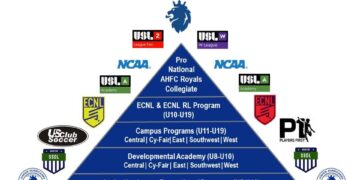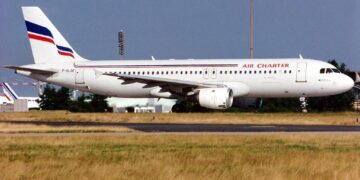Russia’s Strategic Moves in Latin America: A Growing Influence Against the U.S.
Introduction
In recent years, Russia has intensified its efforts to expand its influence in Latin America, casting a critical eye towards the United States. This geopolitical shift underscores a strategic campaign that aims to establish stronger ties within the region, challenging American dominance.
The Landscape of Russian Activities
Russia’s engagement with Latin American countries has taken various forms, ranging from military cooperation to economic partnerships. Notably, Moscow is enhancing its presence through arms deals and establishing trade relations that benefit both parties involved.
Military Partnerships and Economic Ties
One prominent example of this growing relationship can be observed in Venezuela. Here, Russia has provided significant military support and resources during turbulent political times. Additionally, the two nations have entered into agreements focused on energy exploration and extraction—a sector crucial for Venezuela’s economy fraught with challenges.
Statistics indicate a marked increase in Russian arms sales to numerous countries within Latin America over the last few years. For instance, reports show that between 2017 and 2021 alone, Russia became the primary supplier of weapons to several regional governments looking to modernize their military capabilities.
Building Diplomatic Relations
Besides military engagement, Russia is actively cultivating diplomatic relationships across Latin America. High-ranking officials regularly participate in bilateral talks aimed at fostering closer cooperation on multiple fronts—including technology transfer and cultural exchange programs. Such endeavors help reinforce connections with key regional players while offering an alternative platform for collaboration outside of U.S. influence.
Engaging Through Soft Power
Soft power plays a significant role in Russia’s strategy as well—a fact exemplified by cultural initiatives such as language programs and academic exchanges that present Russian culture positively among younger generations across countries like Argentina and Cuba.
Countering U.S. Influence
This burgeoning influence poses strategic challenges for the United States historically seen as a dominant force in Western Hemisphere affairs. Analysts suggest that if left unaddressed, these Russian engagements could enable hostile regimes or non-aligned states to operate more freely from traditional American oversight—potentially destabilizing established norms within international relations.
Reactions from Washington
In response, policymakers are considering new strategies aimed at reinstating stronger relationships with Latin American nations while counteracting Moscow’s encroachment into this critical sphere of influence.
Recent diplomatic missions by high-level U.S officials signal an intention not only to stabilize current relationships but also reinvigorate trade agreements which can provide tangible economic benefits—fostered through mutual frameworks aimed at growth—and by extension curtailing reliance on alternative powers like Russia who may not prioritize democratic values or stability.
Conclusion
Russia’s calculated maneuvers within Latin America reflect an intricate blend of assertiveness against the backdrop of shifting global dynamics where multipolarity increasingly shapes international discourse.Our understanding continues evolving as we monitor how these developments unfold—how they reshape alliances and redefine power balances traditionally held steady by longstanding actors such as The United States.















